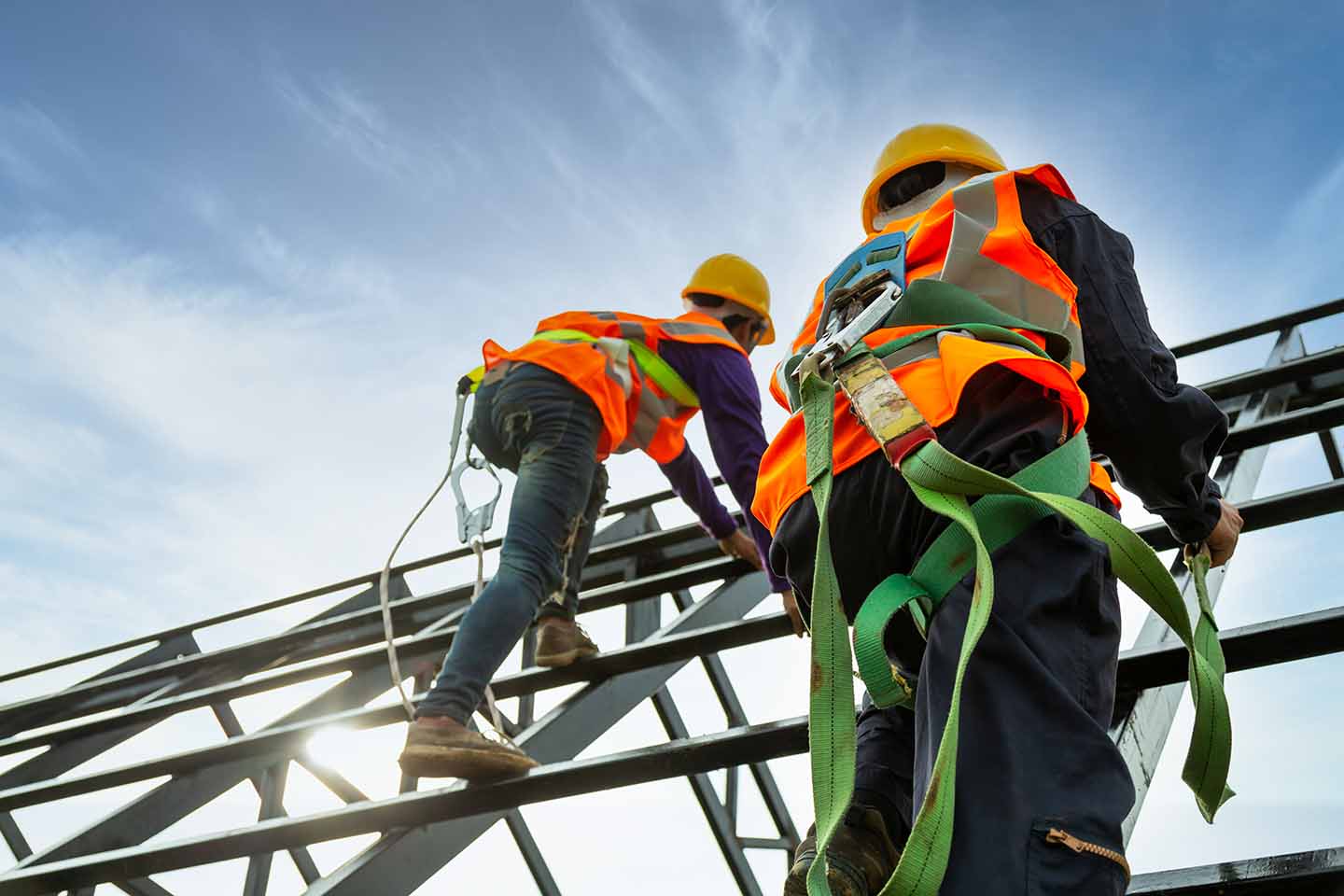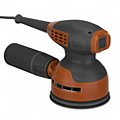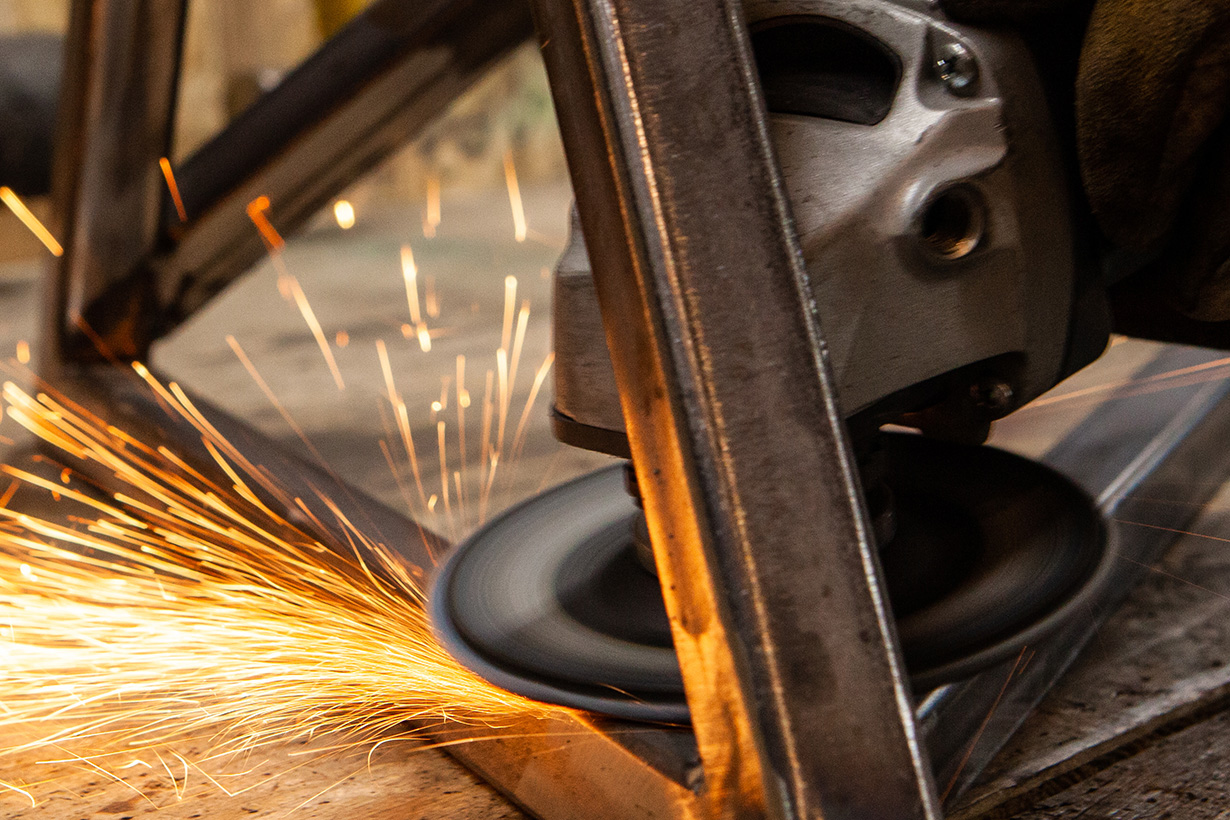

Abrasive Safety: Understanding the Hazards
By Grainger Editorial Staff 5/30/24
Abrasives are essential in many industries but can pose serious safety risks. Learn how to identify hazards, conduct risk assessments and use the right PPE to help protect workers from dust, vibration and noise exposure.
Abrasives are commonly used in metalworking, the manufacturing and automotive industries, woodworking, and other industrial processing applications. However, even with some recent improvements in the tools and products available, using abrasives can still be hazardous. Workers who use these materials must be trained on the potential hazards and equipped with the appropriate PPE and other protections.
Conducting a thorough risk assessment for workers who use abrasives is the first step toward understanding all the risks involved with abrasive usage. Once the risks are known and documented, the next step is figuring out how to help reduce or even eliminate exposure where possible. Nick Manor, an expert in abrasives and safety at 3M, explained the most common of these hazards, as well as some possible ways to help reduce worker risk.
Hazards of Using Abrasives
Airborne Particulates
Abrasive activities often produce high volumes of dust. Some dust particles, such as some metals, lead paint and silica sand (crystalline) are some of the known carcinogens that are toxic if inhaled.
Reducing the Risks: Some abrasive discs are designed to cut in a way that creates larger pieces of material, or swarf, reducing the time particulates are airborne, thereby with proper PPE, there is reduced worker exposure. Using vacuum and dust extraction systems can help to improve air quality and minimize exposure to particulates. “You have to be aware," Nick said, "that exposure to any dust over a long period of time can have an impact on your lungs and your overall quality of life.”
Hand-Arm Vibration
Workers who use hand-held grinding tools and impact wrenches regularly or for long periods are at risk of developing hand-arm vibration injuries. Hand-Arm Vibration Syndrome (HAVS) can lead to nerve damage, damage to blood vessels and injury to the joints in the hand, wrist, and arm. HAVS symptoms include numbness and tingling in hands, loss of hand strength, reduced dexterity and fingers turning white.
Reducing the Risks: Substituting products that vibrate less, or that are designed to help worker productivity by enabling them to accomplish more with less effort, can help reduce exposure to vibration. Nick suggested trying to find similar products that can do the work as efficiently or better, reducing exposure.
“If you can substitute a depressed center bonded wheel with a fiber or flap disc, which has less vibration, that allows the user to have longer working time without the same exposure to harmful vibrations,” he said.
Physical Injury
The high-speed rotation of a grinding wheel can cause serious injury if safety precautions are not taken. Sparks generated from the action of the wheel can cause burns and eye injuries. If a worker accidentally comes into contact with any rotating part of a wheel, it can cause cuts, abrasions or worse. A wheel that is cracked or damaged can fail catastrophically, which can also cause serious injury.
“Wire wheels have been used for a long time to remove coatings such as paint or rust oxides," Nick said. "But wires can come detached with use and fly off the wheel causing injuries. Wire wheels also tend to operate with higher vibration, increasing a user’s risk of developing Hand-Arm Vibration Syndrome. Switching out wire wheels to nonwoven removal products can reduce vibration and eliminate the occurrence of wires flying off the wheel.”
Reducing the Risks: Check the manufacturer's specifications and guidelines to ensure you’re using the right type of grinding wheel for the task and material you’re working with. Always check the integrity of a grinding wheel to make sure it’s not damaged before use.
Noise
Abrasive blasting applications can be noisy. Prolonged exposure to noises as low as 10db can cause hearing damage or even hearing loss.
Reducing the Risks: Isolating noisy equipment is one way to mitigate exposure to noise. Workers who use noisy abrasive equipment should use adequate hearing protection.
PPE and the Hierarchy of Controls
Mitigating the many hazards associated with tasks that involve abrasives starts with a risk assessment followed by a series of steps referred to in safety terms as the hierarchy of controls. This well-known approach to worker safety ranks ways to protect workers from known hazards, starting with efforts to eliminate hazards completely. If elimination isn’t possible, the next best thing is to substitute tools or other equipment that can help minimize hazards. Once these controls have been applied and every effort has been made to reduce associated hazards with a worker task, the last important line of protection is personal protective equipment, or PPE.
With the hazards associated with using abrasives, common PPE used for these operations include proper respiratory protection to prevent inhalation of toxic particulates. Hearing and eye protection are also important to prevent overexposure to noise or potential physical injury. All workers who need PPE should be properly trained and educated about the potential long-term effects of the hazards of using abrasives, and why PPE is essential for their safety.
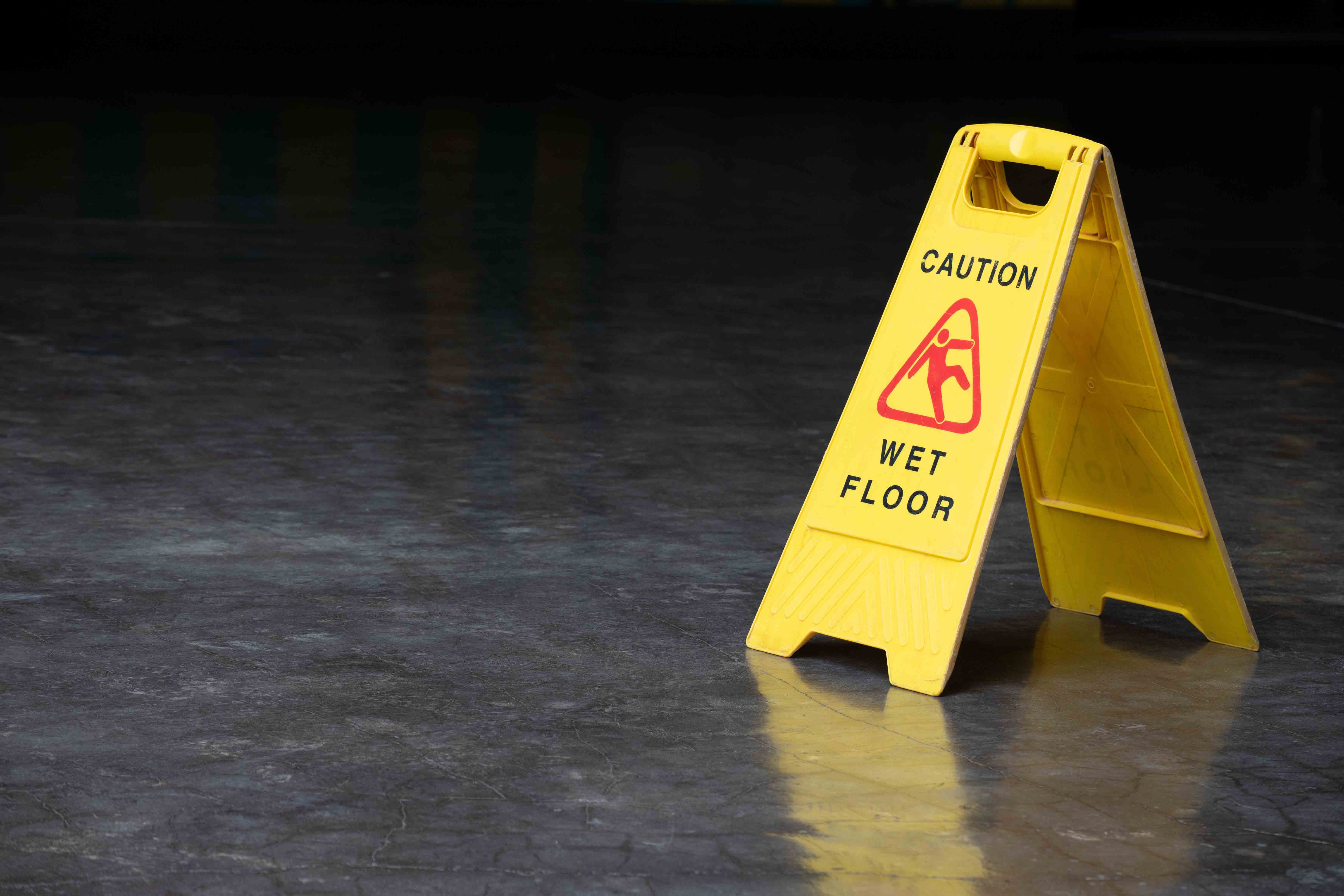
Safety Management
6 Tips to Help Prevent Slips, Trips and Falls
Identify the fall hazards in your workplace and implement a fall safety program. Check out these tips from Grainger so you can mitigate risk.
![]() Our Latest KnowHow
Our Latest KnowHow
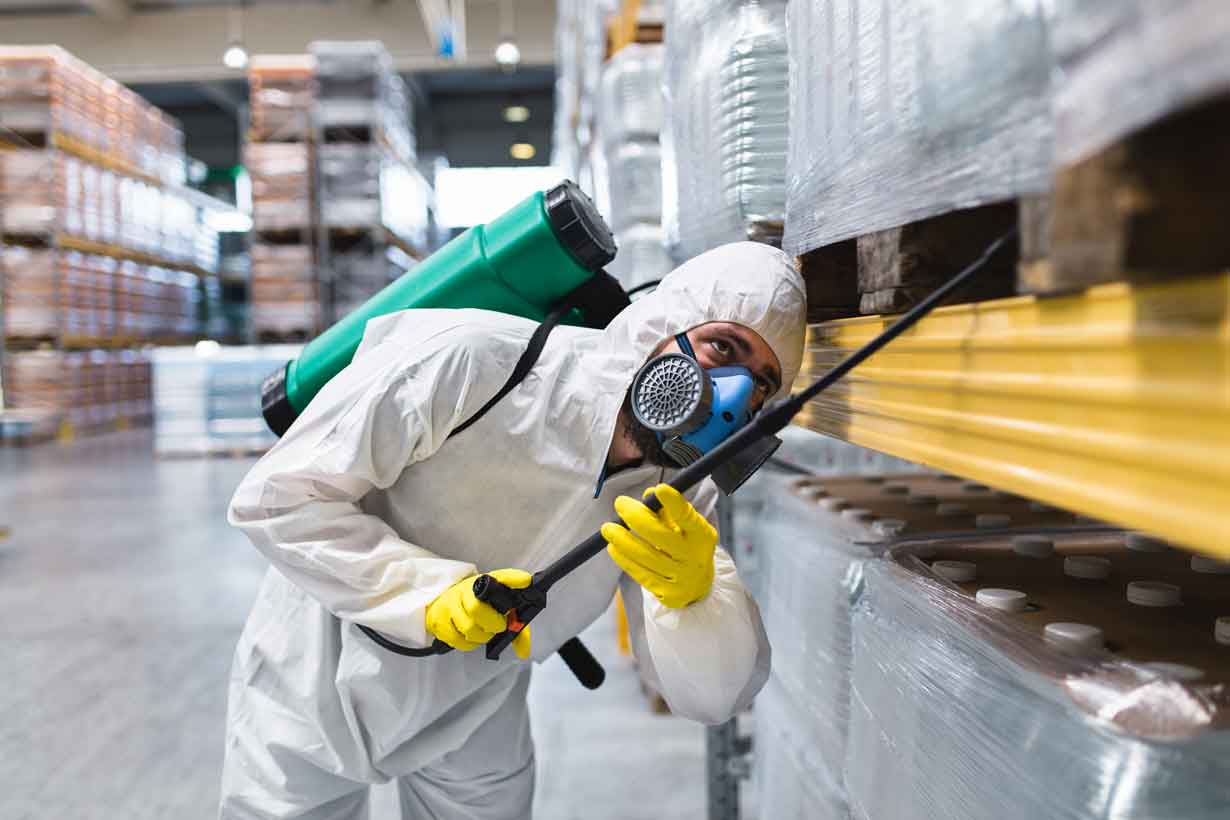
Facility Pest Control: How IPM Helps Safely Manage Insects
Discover safe, compliant pest control with IPM. Find tips for insect monitoring, sanitation and safe insecticide use in commercial facilities.
The information contained in this article is intended for general information purposes only and is based on information available as of the initial date of publication. No representation is made that the information or references are complete or remain current. This article is not a substitute for review of current applicable government regulations, industry standards, or other standards specific to your business and/or activities and should not be construed as legal advice or opinion. Readers with specific questions should refer to the applicable standards or consult with an attorney.

